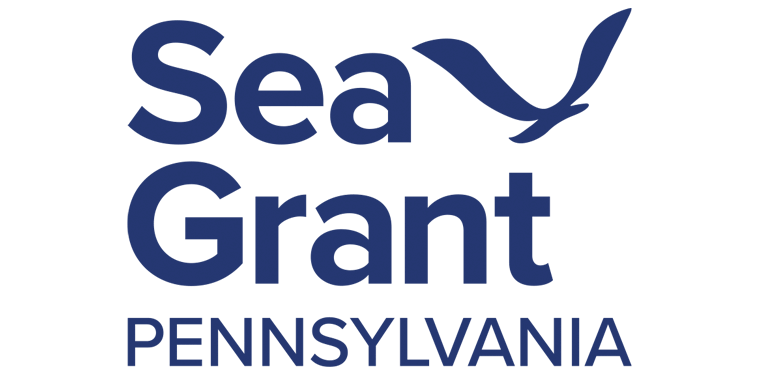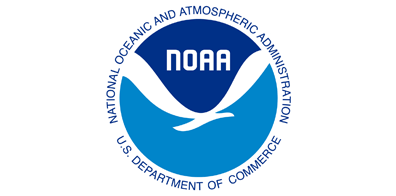Japanese Knotweed Fact Sheet
Species Description Japanese Knotweed is an upright, shrub-like perennial plant that can grow to heights of over 13 ft (4 m). The leaves are wide, with a heart-shaped base that narrows to a point at the tip. Stems are smooth and hollow, resembling Bamboo, especially in older plants. Flowers are small and arranged in white […]



